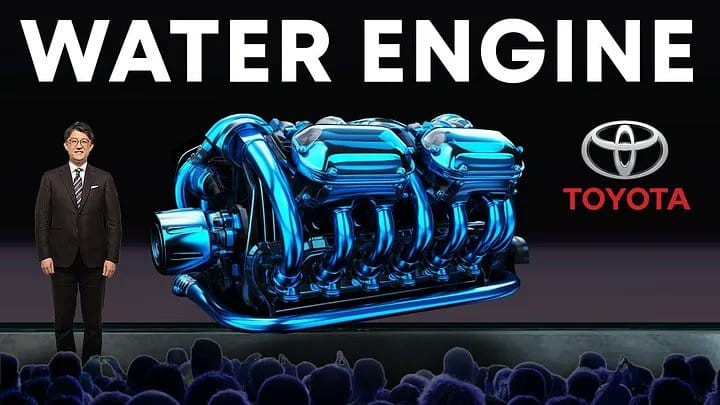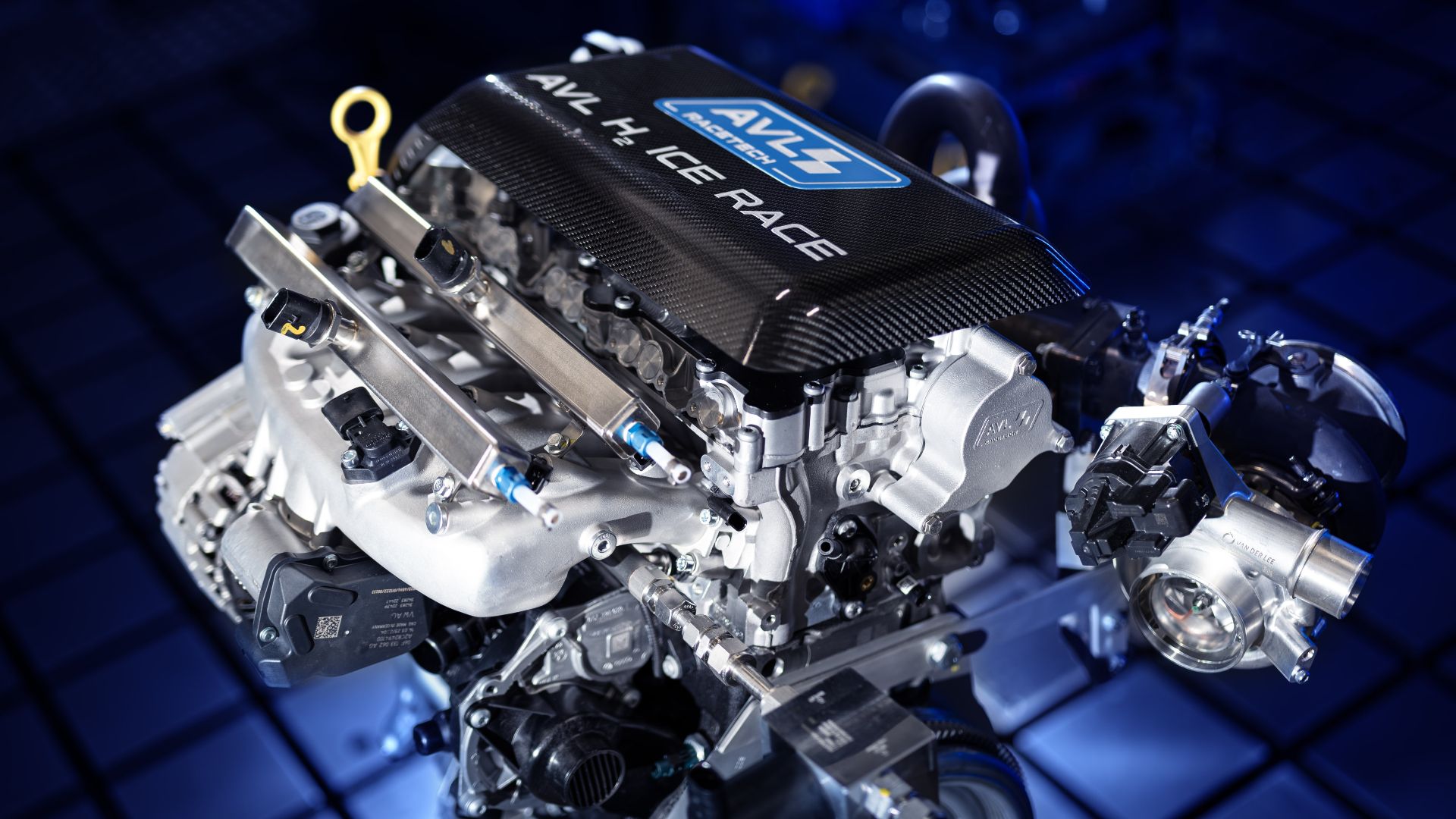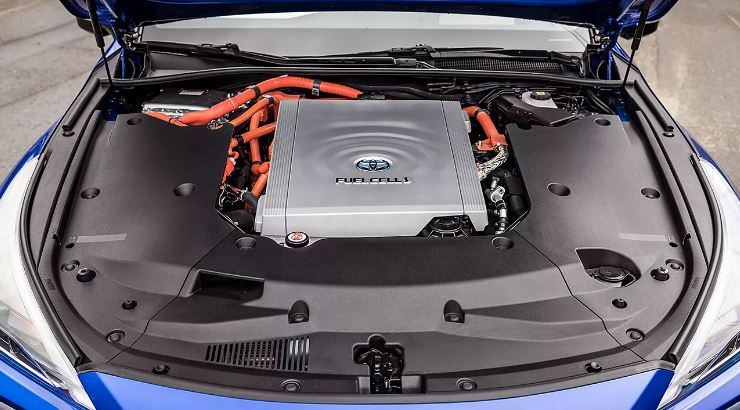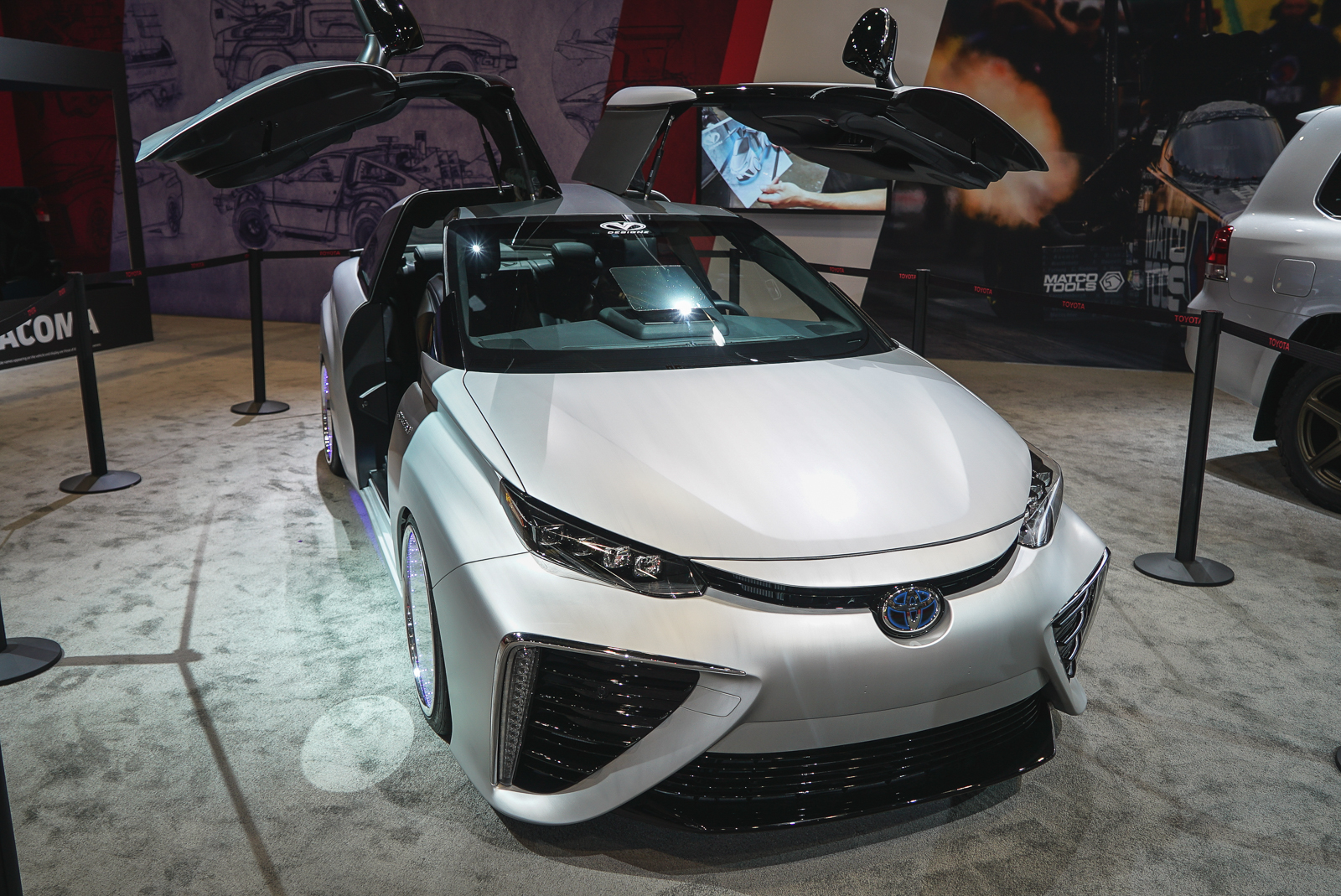Overview of the Innovation
Toyota’s latest announcement on its so-called water powered engine has stirred interest across both environmental and automotive circles. The term has been used in sensational headlines to imply an engine that runs on water. However, the underlying technology is rooted in hydrogen-based systems. Some sources explain that Toyota is developing a revolutionary engine that uses water as a source for hydrogen via electrolysis — the process of splitting water into hydrogen and oxygen — which then feeds a fuel cell to generate electricity[1]. Other texts clarify that the label “water engine” originates from the fact that hydrogen technologies produce water vapor as the only emission, rather than implying that water directly serves as fuel[2]. Meanwhile, independent fact-checkers have emphasized that Toyota has not created a car that runs on water, but instead relies on hydrogen stored in fuel cells or produced via electrolysis, with water being the output of the reaction[5].
Hydrogen Fuel Cell Versus Water Injection Concepts
The innovation is best understood by distinguishing two overlapping concepts. On one hand, Toyota’s hydrogen fuel cell vehicles, like the acclaimed Mirai, combine stored hydrogen with oxygen to produce electricity – with water vapor as the byproduct – and are sometimes mistakenly referred to as water powered because of their clean emissions[2][5]. On the other hand, certain sources highlight an entirely different approach in Toyota’s research. In these accounts, a ‘water engine’ is introduced that employs advanced water-cooling technology within a hydrogen combustion engine. In this system, water is injected directly into the engine cylinders to control the extreme heat produced by hydrogen combustion, which can reach up to 2500°C[3][6]. This distinction is important because while hydrogen fuel cell vehicles do not directly use water as fuel, the water-cooled hydrogen combustion engine leverages water injection techniques to overcome the technical challenges associated with high-temperature combustion and to allow the use of lighter materials such as aluminum[3][6].
Technical Innovations and Design Features
A major breakthrough in Toyota’s new engine development is the integration of water cooling within a hydrogen combustion engine. One detailed description explains that the engine uses a revolutionary dual injection system. This system employs both direct and port injection of hydrogen while also incorporating water as a coolant to manage the extremely high combustion temperatures[3]. The dual injection method ensures that hydrogen is delivered in a lean and efficient manner, optimizing combustion and reducing emissions to nearly zero. One source emphasizes that with this water injection method, the engine manages its operating temperature more effectively, allowing the use of lighter materials and enhancing overall performance[4].
Furthermore, a patent description from Toyota outlines a water-cooled approach where precision water injection valves, strategically located at the intake ports of each cylinder, regulate the timing and the quantity of water introduced into the combustion chamber. This technology, sometimes referred to as the water-cooled hydrogen engine, aims to counteract the challenges of hydrogen’s inherent high burn temperature and open up possibilities for high-performance applications[6][7]. The importance of this innovation lies in its potential to not only improve thermal management but also to pave the way for engines that deliver the engaging characteristics of internal combustion while meeting strict emission standards.
Environmental and Practical Implications
Environmentally, the promise of these technologies is significant. Hydrogen fuel cell vehicles are recognized for emitting only water vapor, a major benefit compared to conventional internal combustion engines[1][2]. In the case of the water-cooled hydrogen combustion engine, the temperature control achieved by the water injection method contributes to better engine efficiency and durability. This approach even enables engines to run at temperatures as high as 2500°C safely, highlighting Toyota’s advancements in managing extreme conditions[3][4][6].
On the practical side, such innovations may potentially reduce the dependency on existing hydrogen refueling infrastructure if on-board systems can facilitate hydrogen production using water. Although, as some sources indicate, the challenges remain significant – the energy required for electrolysis and the infrastructure gaps for hydrogen fueling still need to be addressed[1][2]. Nonetheless, both approaches support Toyota’s broader commitment to a carbon-neutral future by offering alternative propulsion systems that avoid fossil fuels and promote sustainable transportation.
Clarifying Public Misconceptions
Public discussions surrounding Toyota’s announcement have sometimes conflated the terms and technology. While several online posts and media discussions have sensationalized claims of a 'water-powered engine' that runs directly on water, reputable sources clarify that the technology is simply a further evolution of hydrogen systems[2][5]. The engine is not powered by water in the conventional sense; water is either used as a source for hydrogen production or as an innovative cooling method to control combustion temperatures. This clarification is essential in separating pseudoscientific claims from the actual technical advancements Toyota is achieving in its quest for zero-emission mobility.
Conclusion
In sum, Toyota’s new water powered engine encompasses two interlinked strands of innovation. One branch involves the use of electrolysis to generate hydrogen from water, feeding fuel cells that produce water vapor as the sole emission. The other branch involves a water-cooled hydrogen combustion engine that uses precise dual injection and water injection methods to address the high combustion temperatures of hydrogen. Together, these advancements demonstrate Toyota’s continued efforts to produce high-performance, zero-emission vehicles while addressing the technical challenges associated with hydrogen as an alternative fuel. The evolution of these technologies, whether through improved thermal management or cleaner propulsion methods, underscores the company’s strategic commitment to a sustainable future[1][2][3][4][6][7].
Get more accurate answers with Super Pandi, upload files, personalized discovery feed, save searches and contribute to the PandiPedia.
Let's look at alternatives:
- Modify the query.
- Start a new thread.
- Remove sources (if manually added).











